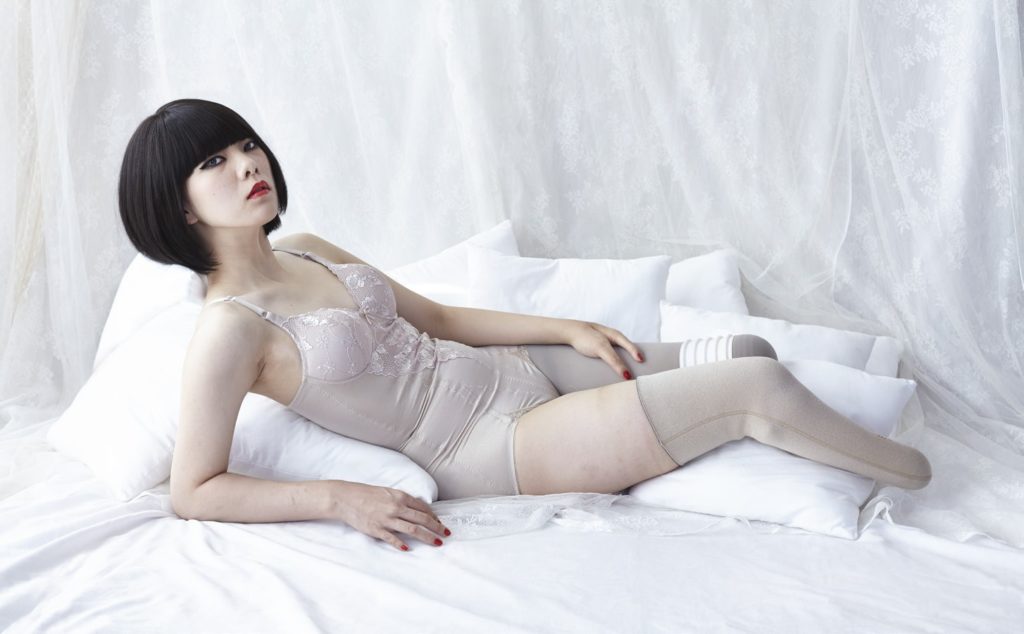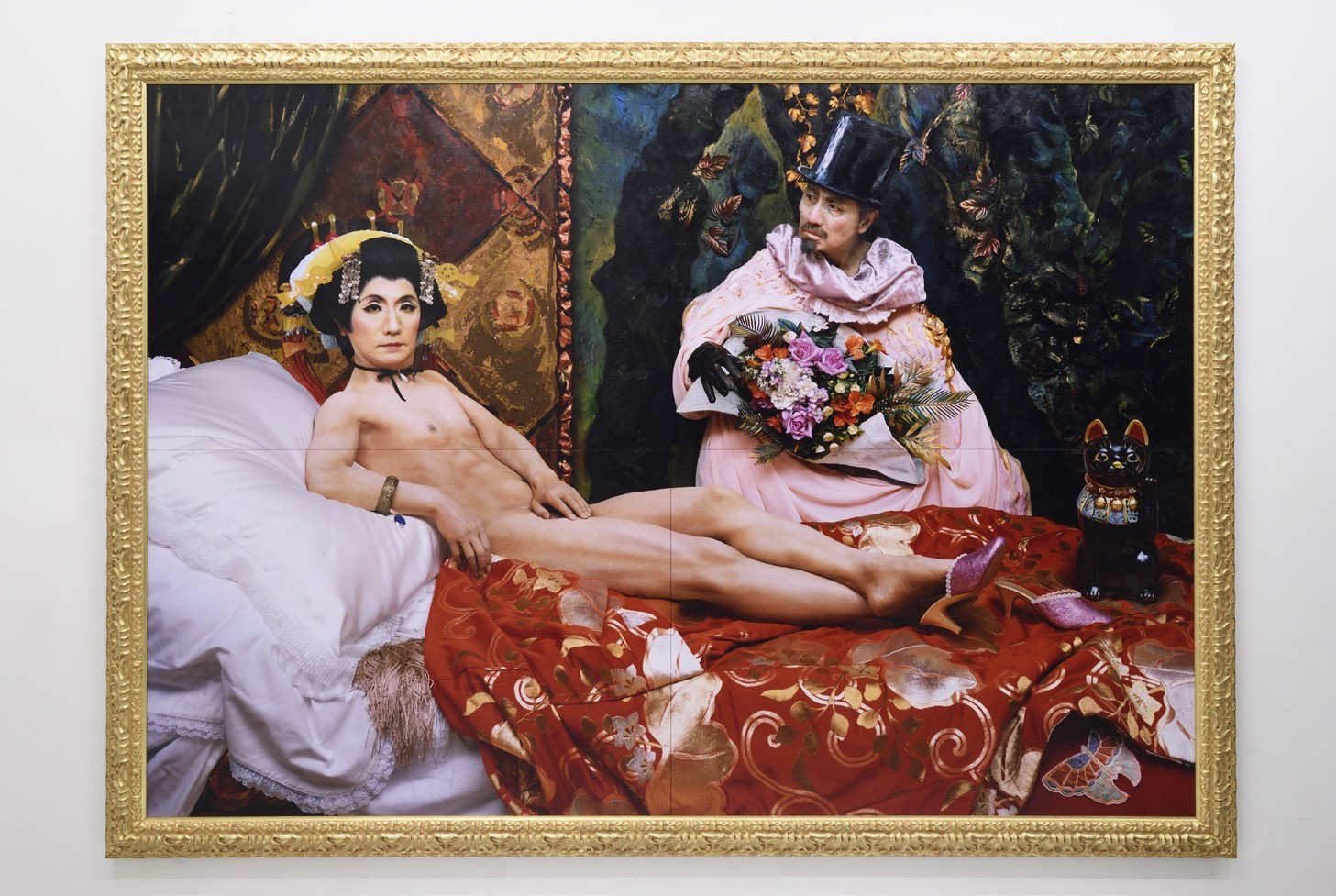In 1860, an unexpected event turned the European art world upside down: Japan, after centuries of isolation, opened up to the West. The opening sent shockwaves through French artists, who for almost two millennia had been accustomed to an approach to painting based on shadows, gradations and perspective. By discovering Japanese art, with its simple lines, bright colours and bold use of asymmetry, European painters were confronted with a radically different way of representing the world. This aesthetic shock marked the beginning of a new era in Western art, known as Japonism.
The Franciscan Exhibition in Deauville: an exploration of Japonism
Until 22 September, the Franciscaines in Deauville are presenting an exhibition exploring this cultural encounter and its profound influence on European artists. Among them, Alfred Stevens stands out for his painting La Parisienne en kimono, in which he highlights the exotic beauty of Japanese clothing, reinterpreting a hitherto unknown civilisation through a fantastical prism. Stevens was not alone; other artists, such as Félix Vallotton and Félix Regamey, incorporated the stylistic codes of Ukyio-e into their works, a Japanese art form characterised by simplicity of line, the use of bright colours and an asymmetrical approach to composition.
The impact of Japonism on the perception of space and composition
But Japonism was not limited to a simple fascination with the exotic. It also paved the way for a more profound reflection on the notion of emptiness and fullness in art. Whereas Western tradition favours full, balanced compositions, Japanese art values empty space, a source of imbalance and new harmony. This philosophy is reflected in the works of the European Impressionists, who, inspired by these concepts, explored ethereality and absence in their depictions of nature. Renoir’s painting Sunset, with its search for the evanescent and its emphasis on the sensation of air, is a perfect illustration of this influence.
Japonism and urban representation: from Impressionism to Modernism
This new perception of space also extended to urban representation. The tight, off-centre framing of paintings by Angrand, Marquet and Dufy shows the direct influence of Japanese art on the way European artists captured the bustle of modern cities. Dufy, for example, in Le Bassin du Roy in Le Havre, uses a frontal, tight perspective that disorients the viewer, blurring traditional visual reference points.
Japonism and contemporary art: a lasting influence
The exhibition does not stop at the 19th century, but extends into the contemporary period, highlighting the enduring influence of Japonism. Modern works such as those by Yasumasa Morimura revisit the classics of Western art through the prism of this cultural encounter. In his photograph Une Moderne Olympia, Morimura takes the iconic painting by Édouard Manet and inserts his own male body, reversing gender roles and questioning the way in which the Western gaze has often feminised the Eastern man.
Japonism in European Design and Decorative Arts
The exhibition also explores the impact of Japonism on European design and decorative arts. Japanese influences can be found in everyday objects such as plates, ceramic boxes and armchairs imitating bamboo, testifying to the penetration of this artistic movement into all strata of Western society.
The representation of women and Japonism : a new perspective
Finally, the representation of women in Western and Japanese art is also put into perspective. The striking self-portraits of Mari Katayama, a contemporary Japanese artist, question notions of normality and beauty. By photographing herself in poses reminiscent of the works of the Impressionists, Katayama reinterprets Western aesthetic canons while confronting viewers with contemporary questions about identity and representation.
This exhibition highlights the immense influence of Japonism on Western art, an influence that is not limited to a specific historical period, but continues to resonate in contemporary artistic creation. This encounter between East and West not only transformed the way European artists saw the world, but also enriched their visual language, enabling them to explore new aesthetic and philosophical dimensions. The exhibition invites visitors to revisit this revolutionary period for art, while discovering the modern echoes of this intercultural dialogue.


